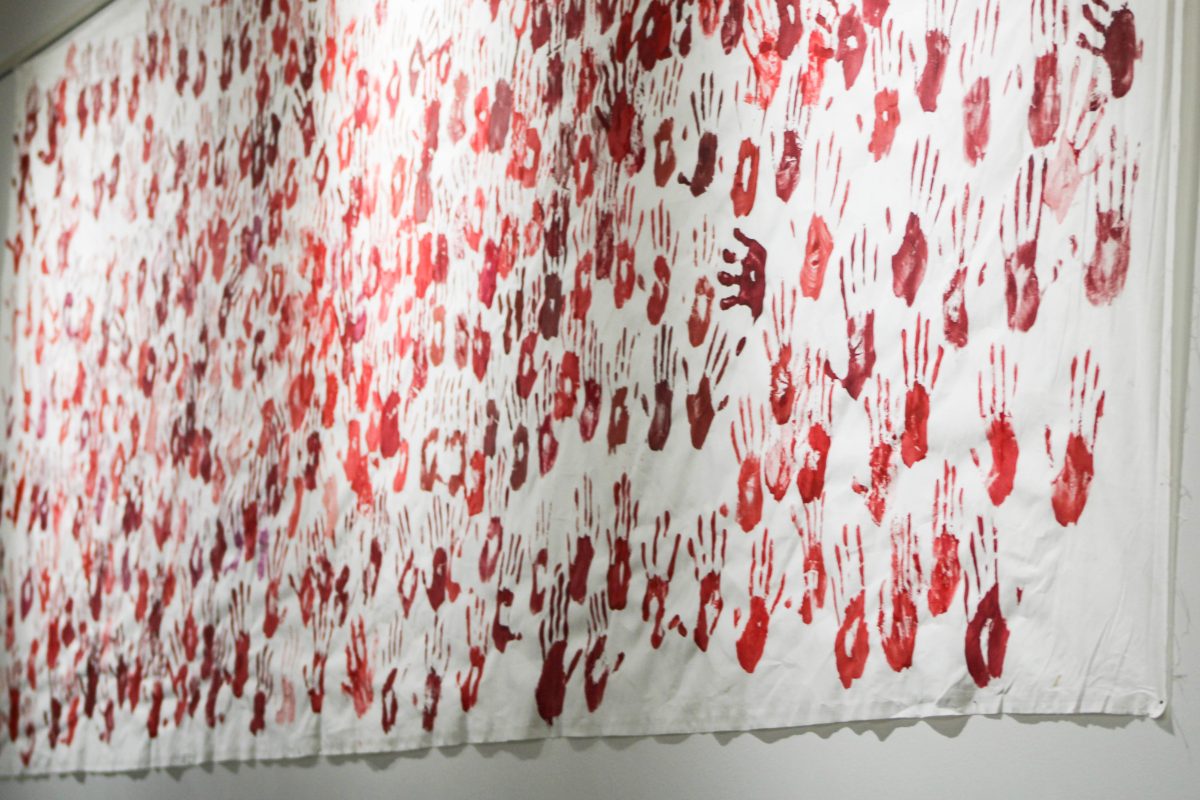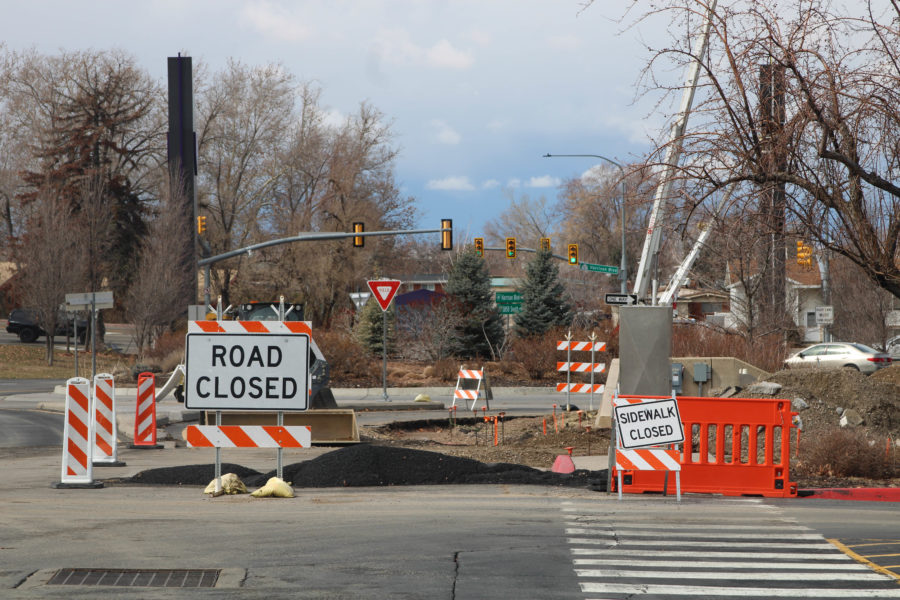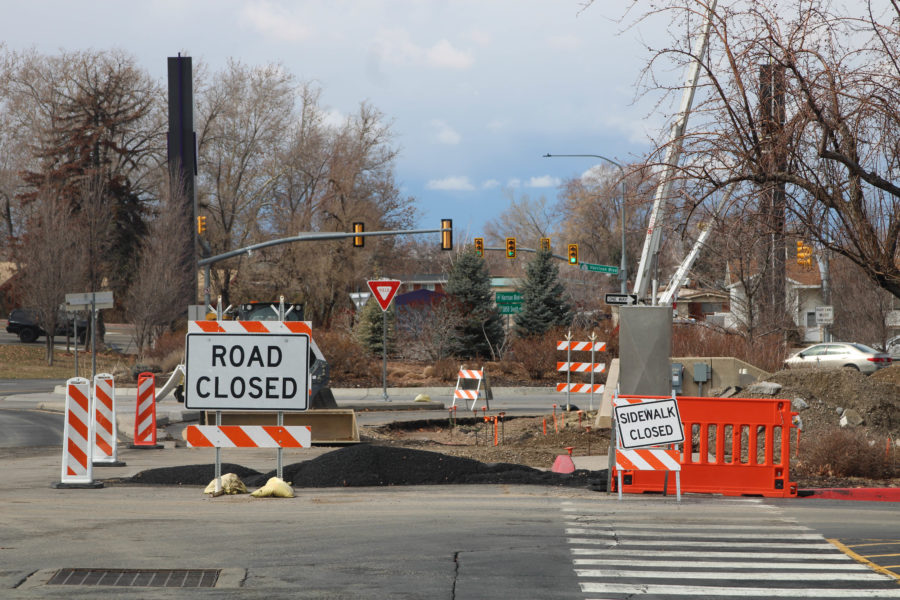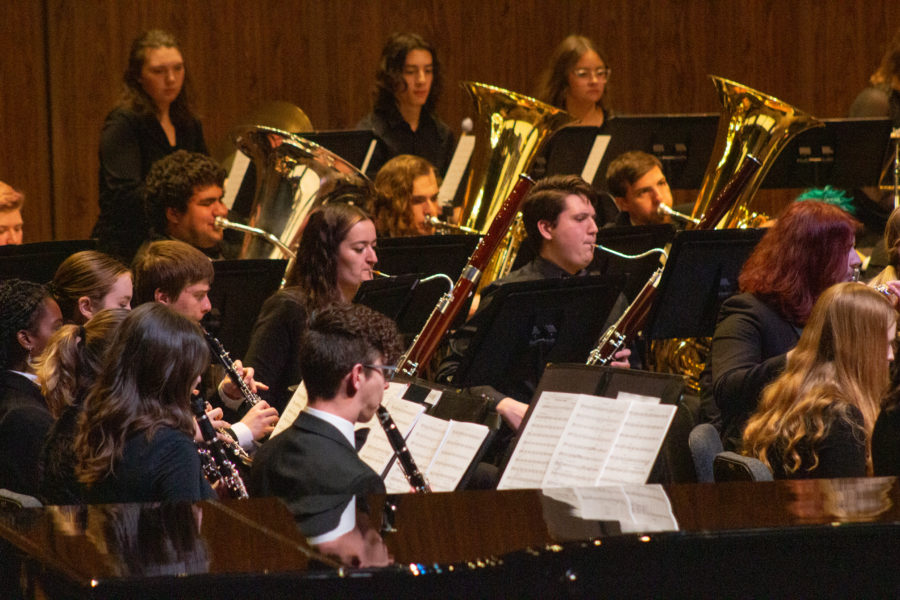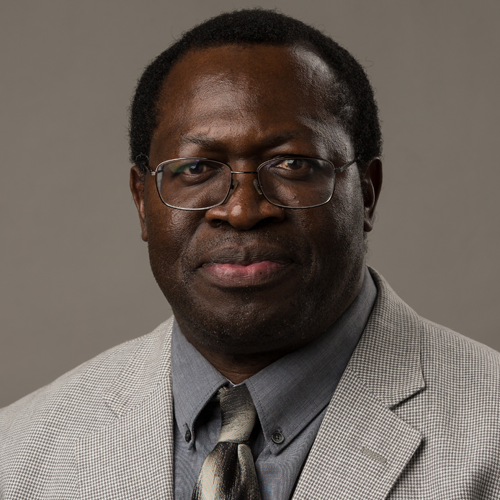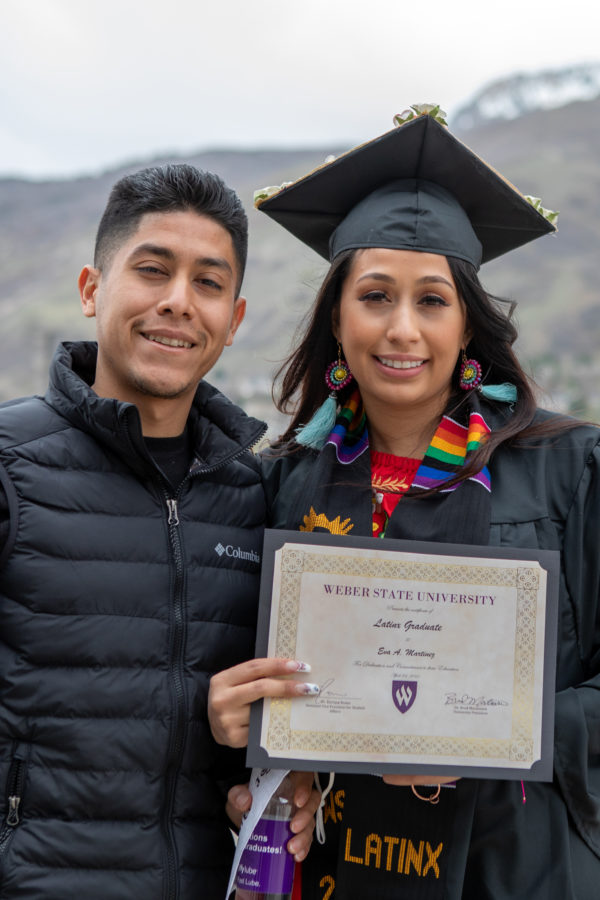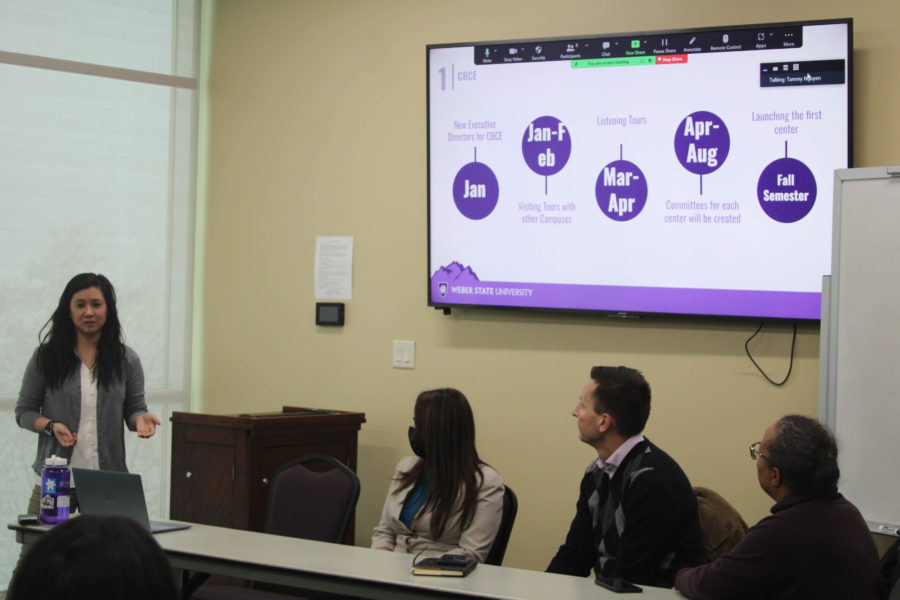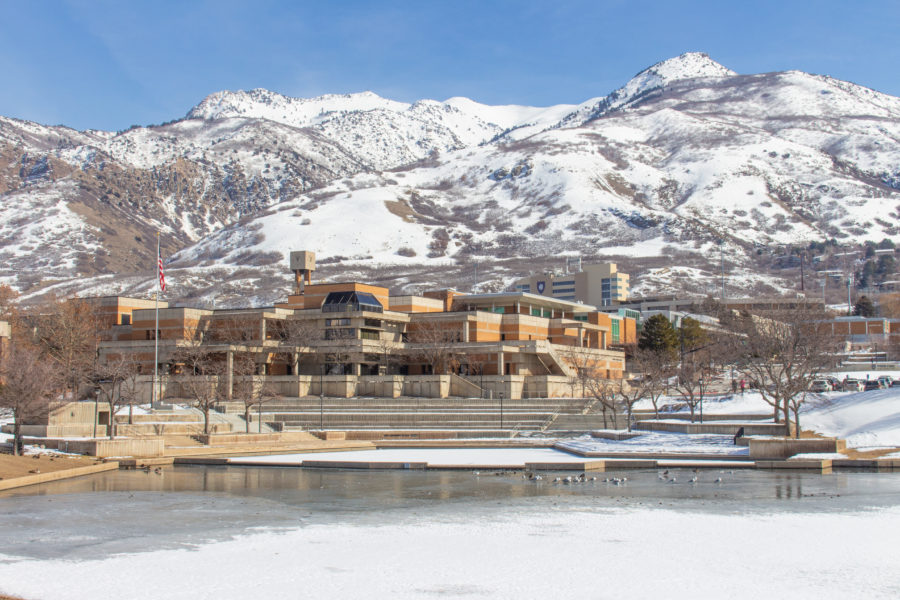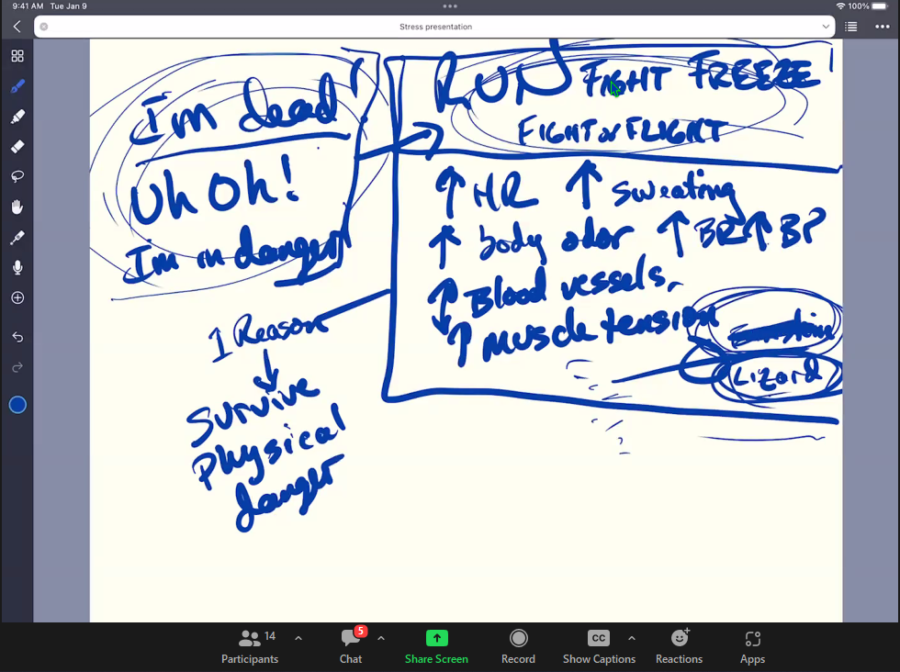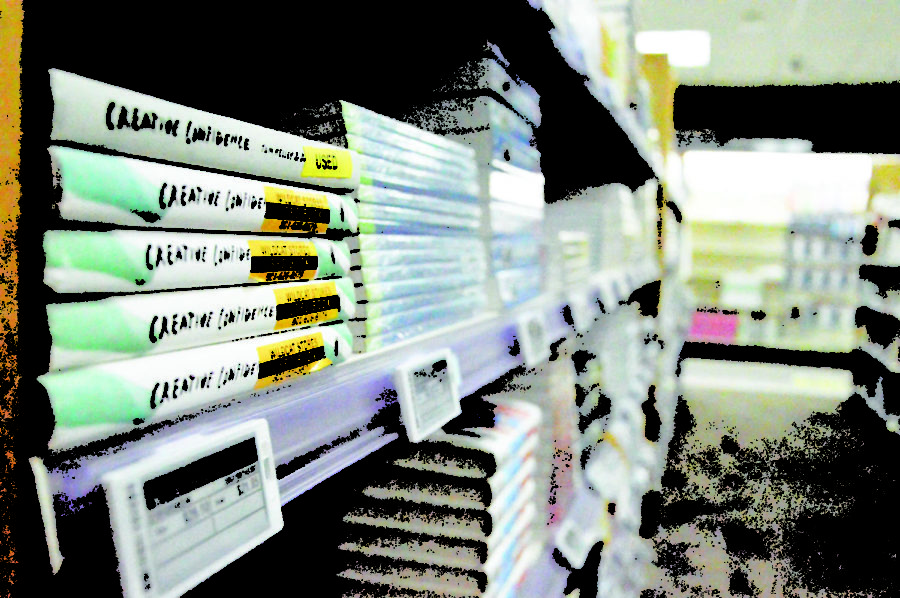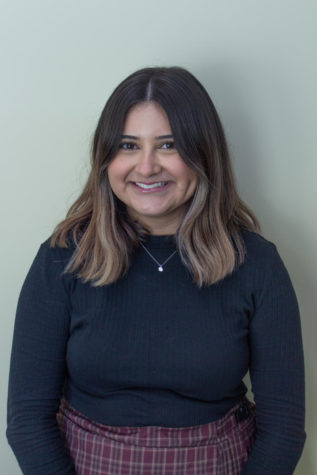The United States Census reports that Ogden has one of the largest Latinx and Hispanic communities in Utah, composing roughly 31.9% of the population.
Ogden Contemporary Arts is collaborating with Weber State University’s Shaw Gallery Project Space to hold an art exhibition titled “Vida, Muerte, Justicia,” meaning “Life, Death, Justice.”
This exhibition is a display of 24 local and national Latin American and Latinx artists whose work provides perspectives on themes of life, death and justice.

Jorge Rojas is the curator along with co-curator Maria del Mar González-González, who holds a doctorate in art history and is an assistant professor of art history at WSU.
“It’s extremely important that our community sees itself, that they can identify with art, that they feel seen and spoken with, not just to,” González-González said. “They are trying to create a conversation with the audience. Encouraging them to be part of the change. Often times, they amplify the voices of their different communities.”
The exhibition space is occupied by multiple paintings, drawings, photographs and suspended sculptures. Twenty-two of the artists’ works are on display at the OCA, while two are on display in the Shaw Gallery. González-González and Rojas selected the artists by invitation, asking them to submit a series of works from which they would choose to create their desired narrative.
“It’s really important for me to do an exhibition that’s going to resonate with our Latino community in Ogden,” Rojas said. “There’s been a real conscious effort to make this work available, accessible and inclusive.”
One of the 24 artists is New York-based Patricia Espinosa. Her piece, titled “America’s Teddy Bear,” is an installation in which Nerf gun bullets are shot onto a clear surface in the shape of a teddy bear. The number of bullets corresponds to the number of children and adults that have been shot in school shootings since the Sandy Hook massacre in 2012.
“It’s such a dear image to all of us,” Espinosa said. “That’s part of the aim, to make that connection about how it felt to be safe in school, and your teddy bear is supposed to be this figure that is there to protect you and that’s how we’re supposed to feel in school.”

Michael Pribich and his wife, Esperanza Cortes, were also featured in the gallery. Pribich drew inspiration from frontline workers and how the pandemic granted them new recognition. Cortes’ installation focused on the abuse within the mineral industry in Columbia and how it began through colonialism.
“Colonialism became this hierarchy of what’s important,” Cortes said. “Indigenous people were not important.”
Responses to Black Lives Matter, immigration reform, racial justice, femicide and police brutality were some of the other topics addressed in the exhibition.
OCA Executive Director Venessa Castagnoli said, “Art creates dialogue. It gives you a chance to have a conversation. Someone who may not have the same views as you can come in and see this beautiful piece and it starts a conversation.”
One of the two artists whose work is displayed in the Shaw Gallery is Guillermo Galindo. His work includes sculptural sonic devices made from objects left behind by migrants at the U.S., Mexico and European borders.
The exhibition is free and open to the public until Nov. 27.



